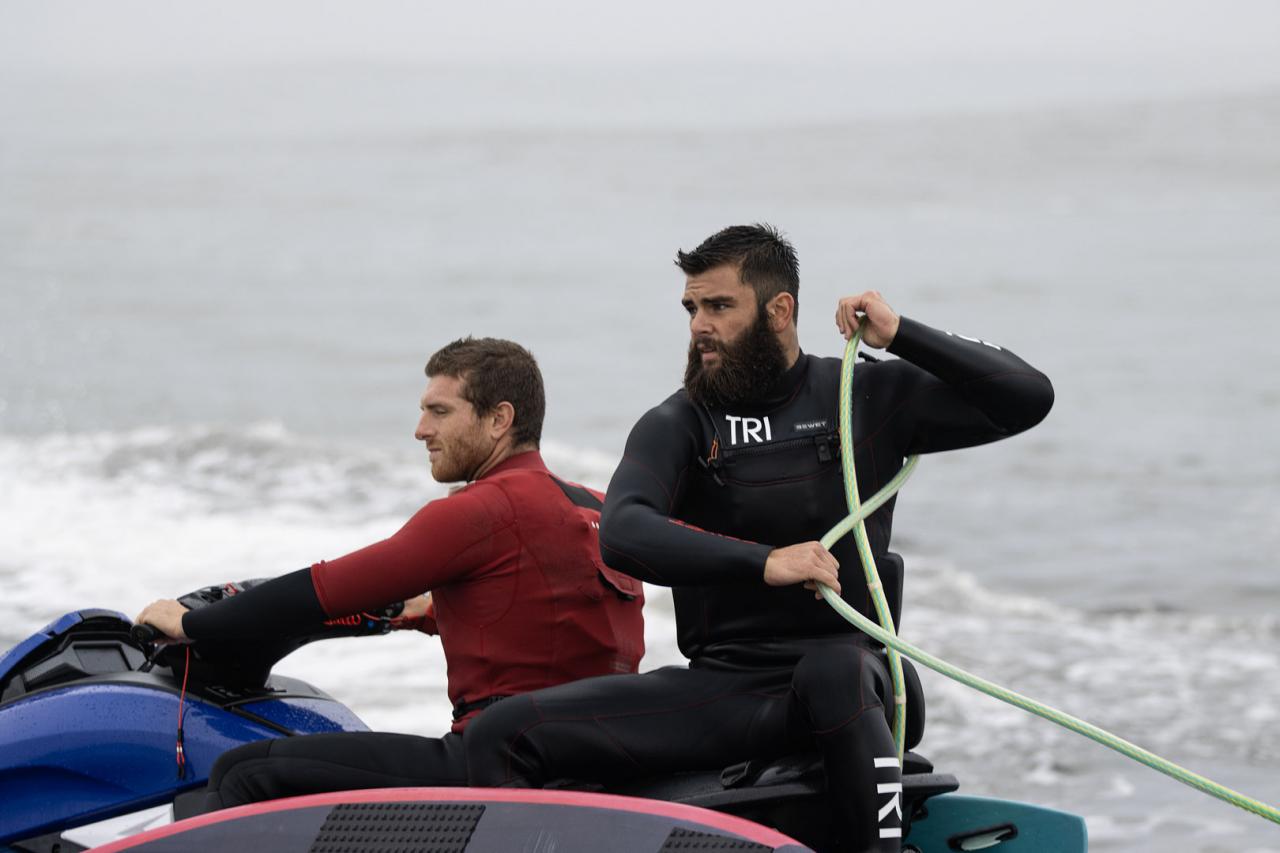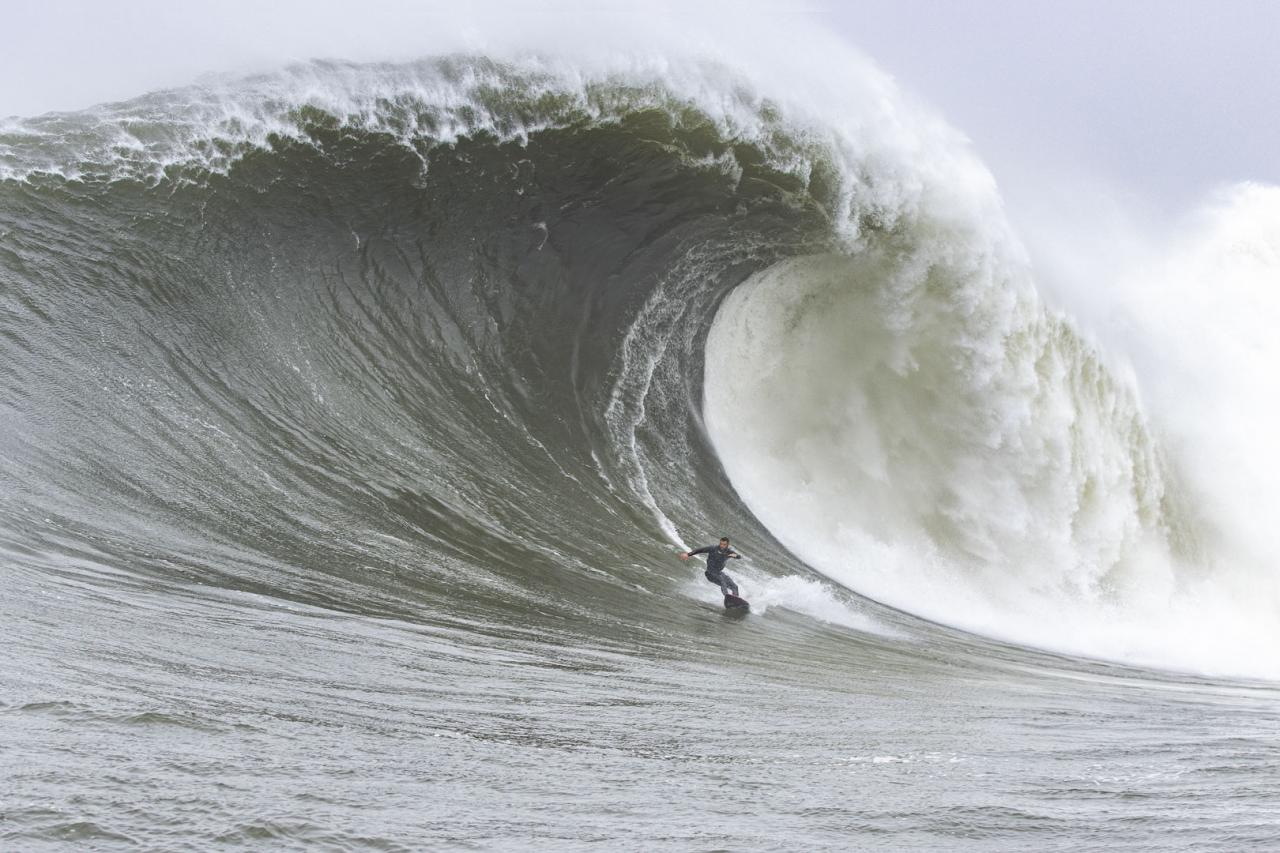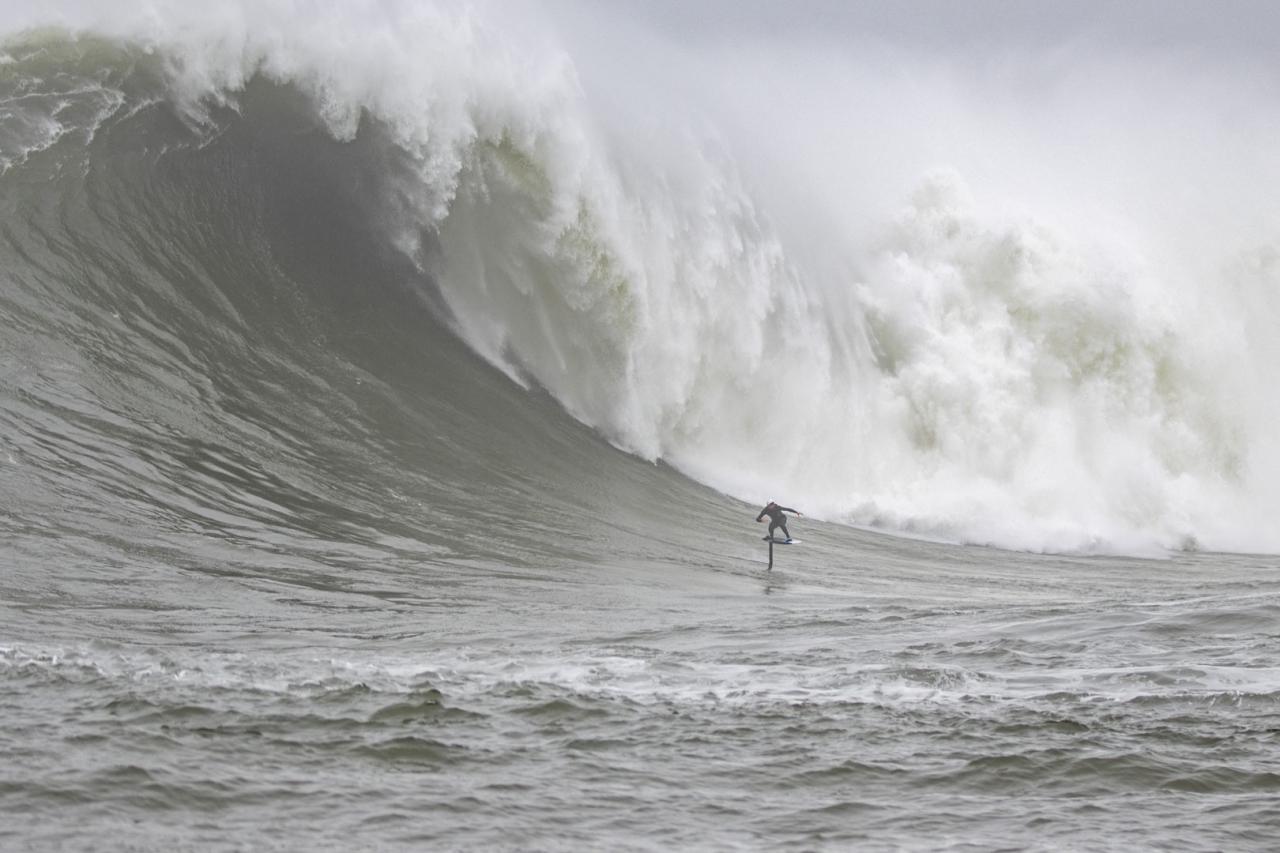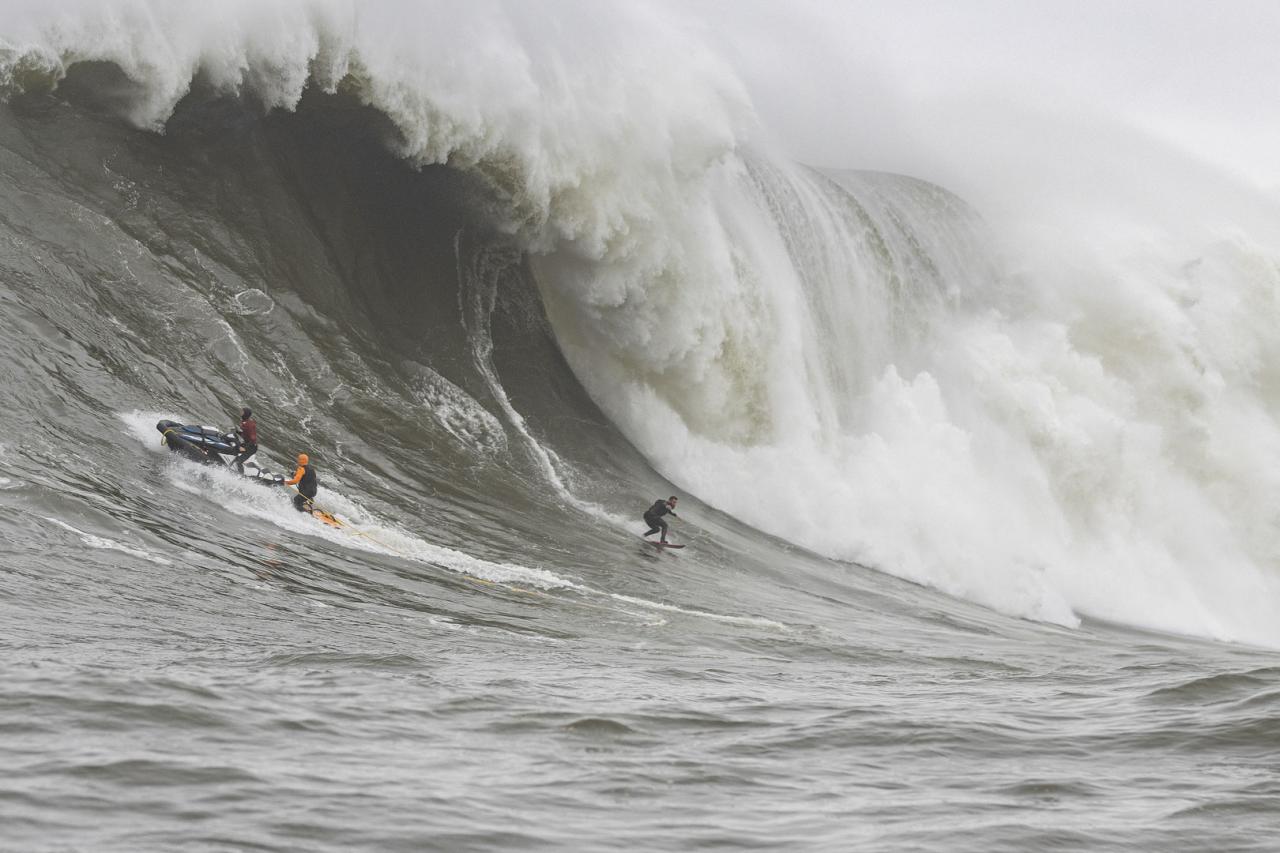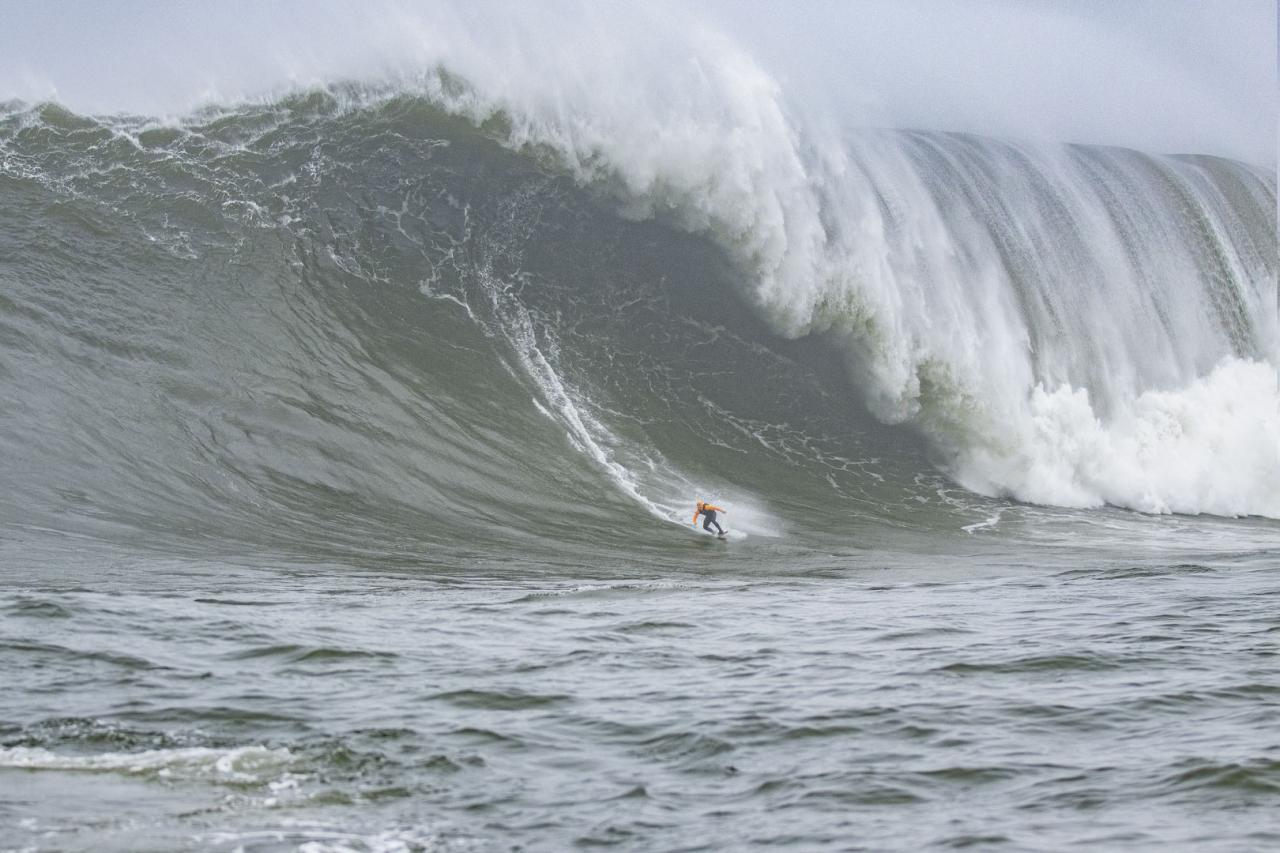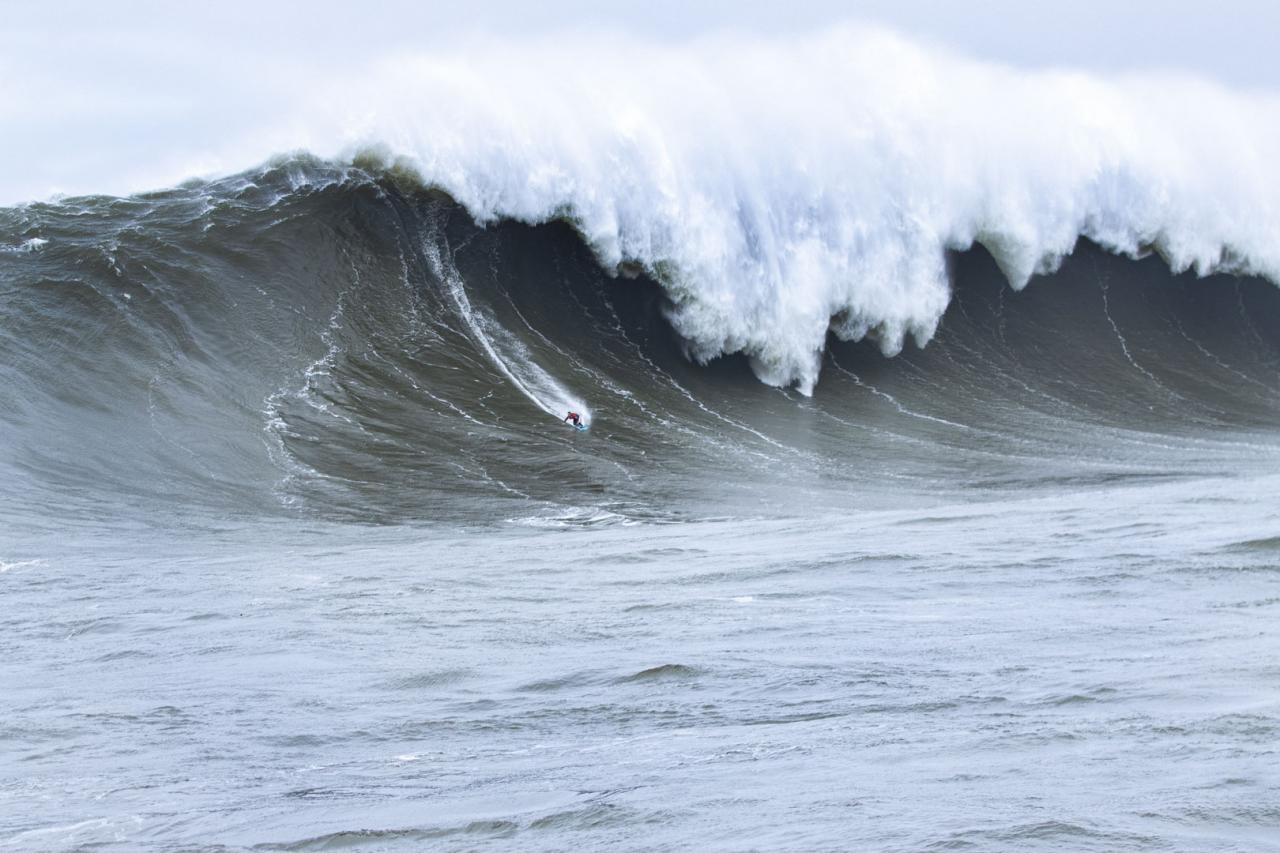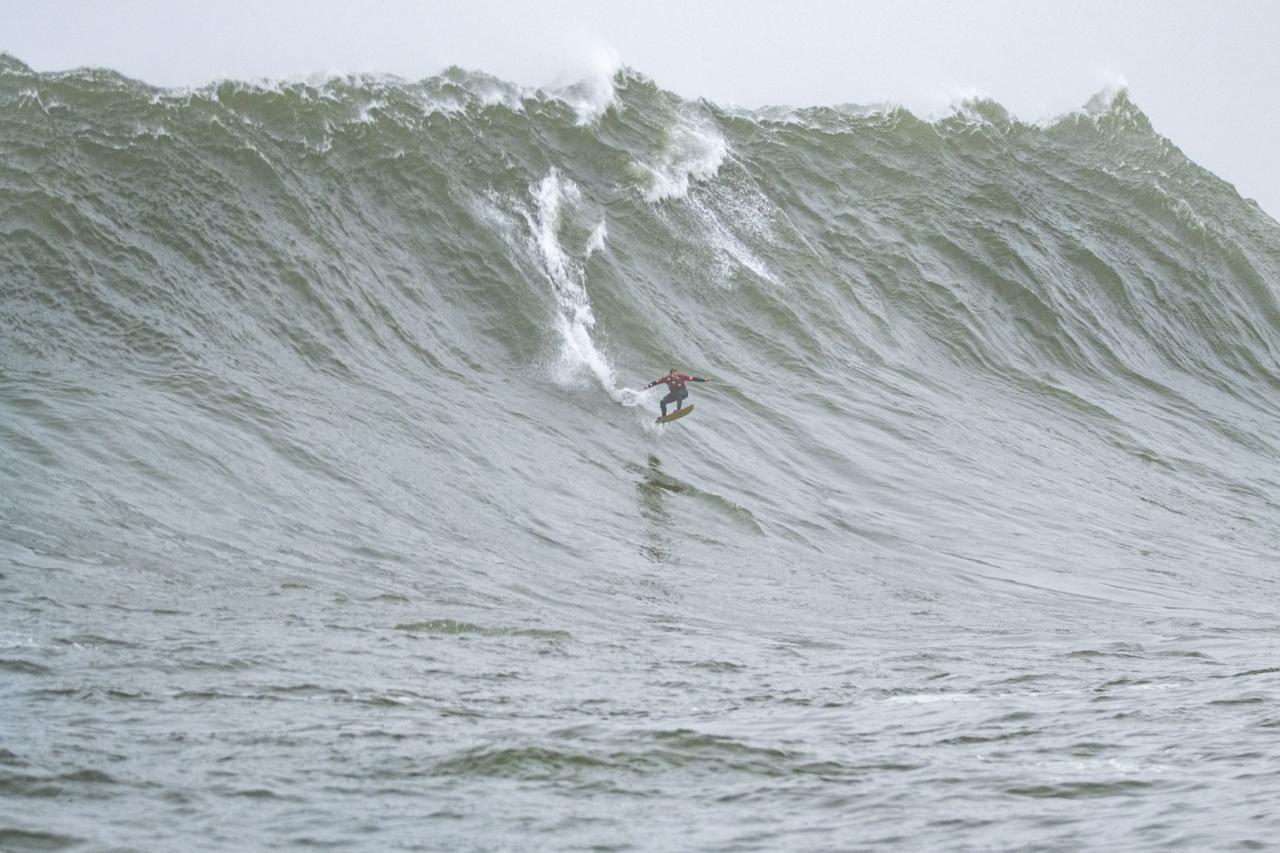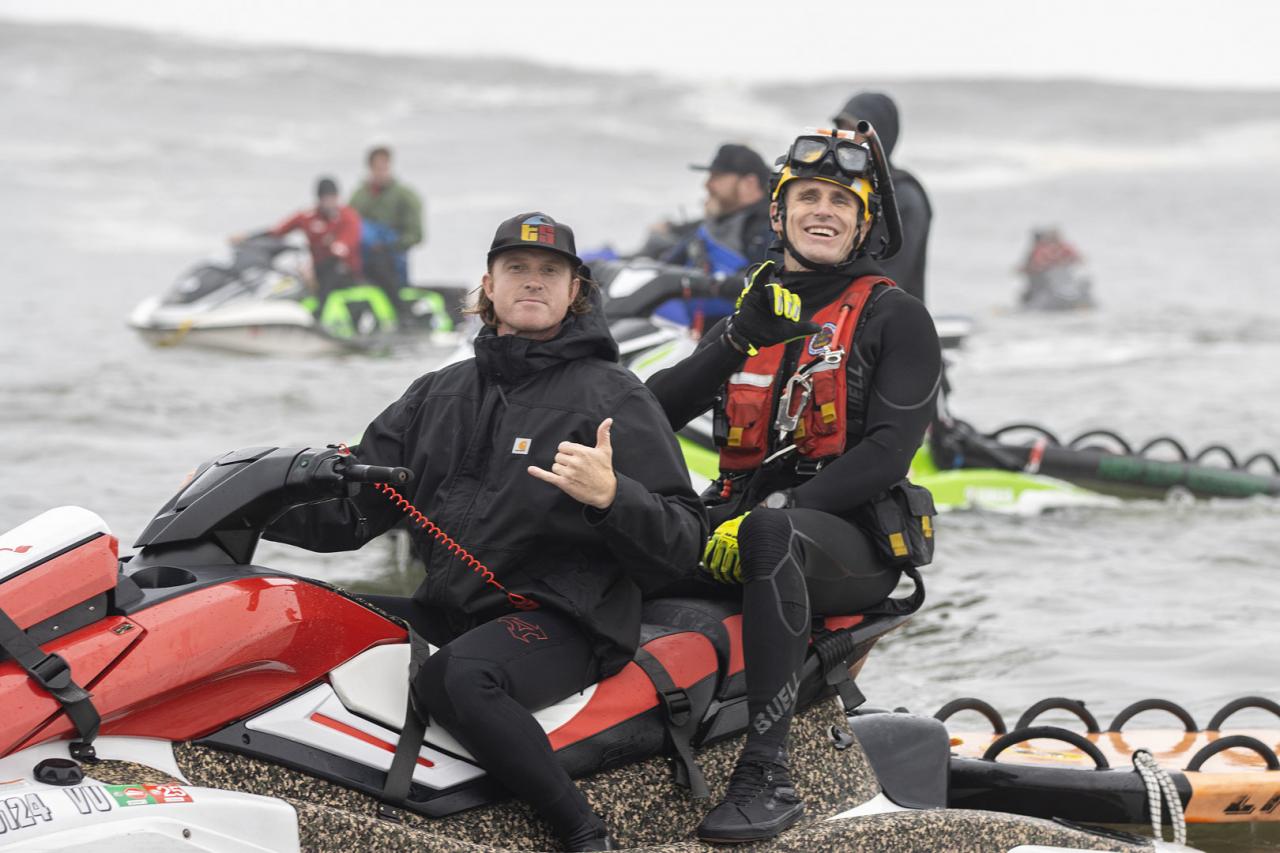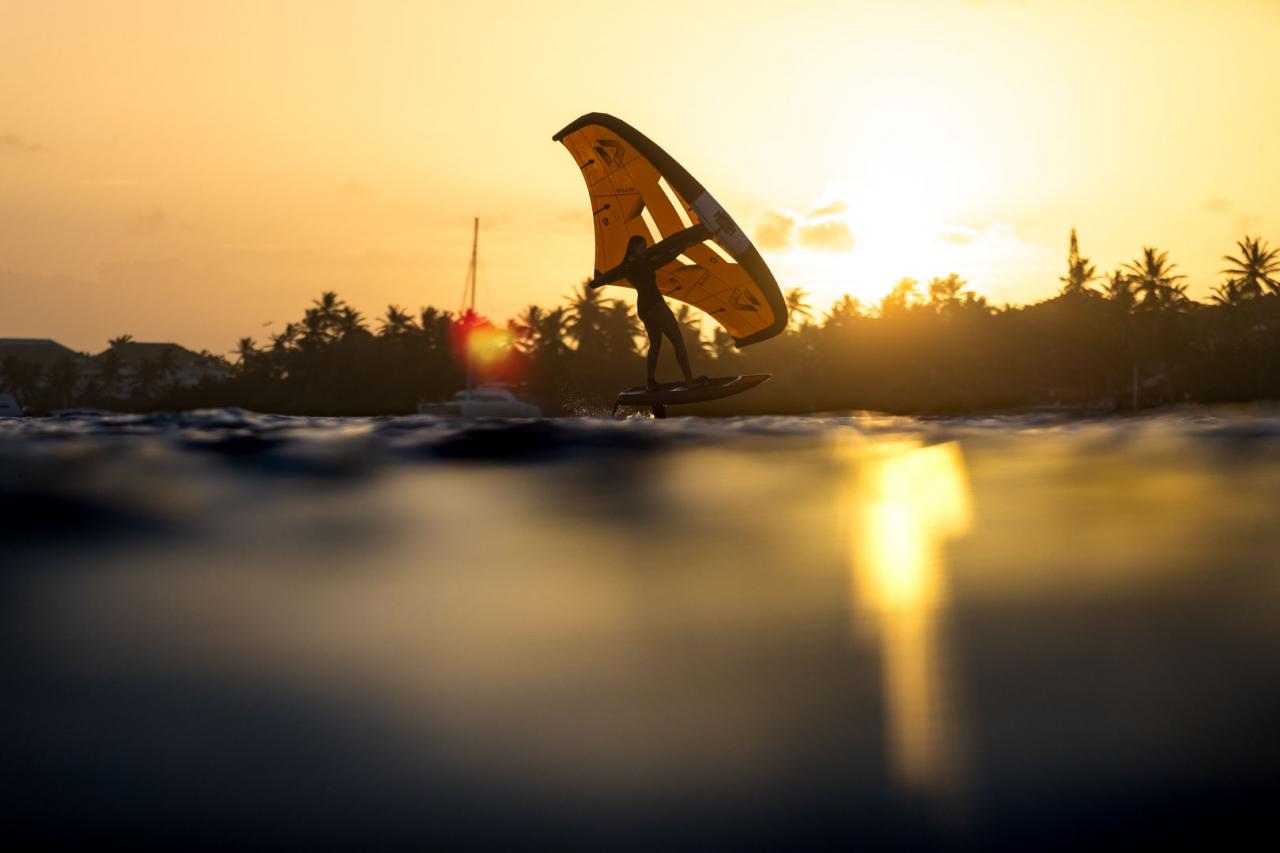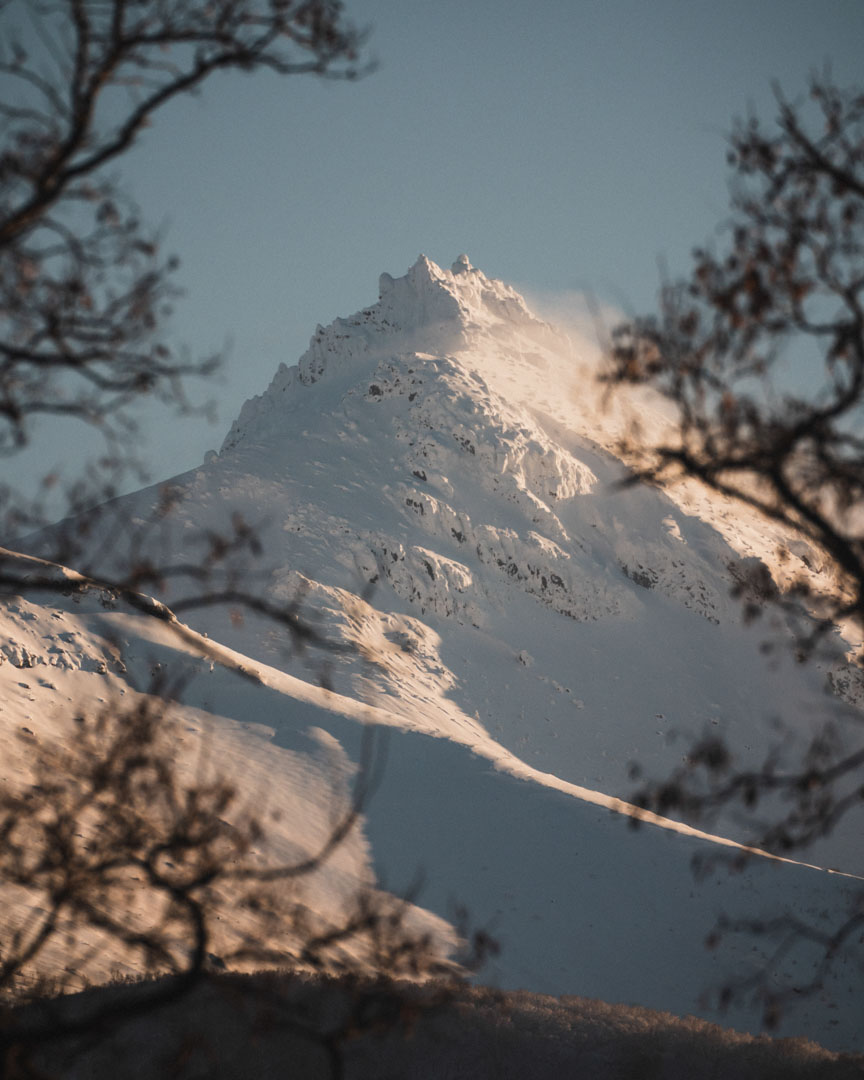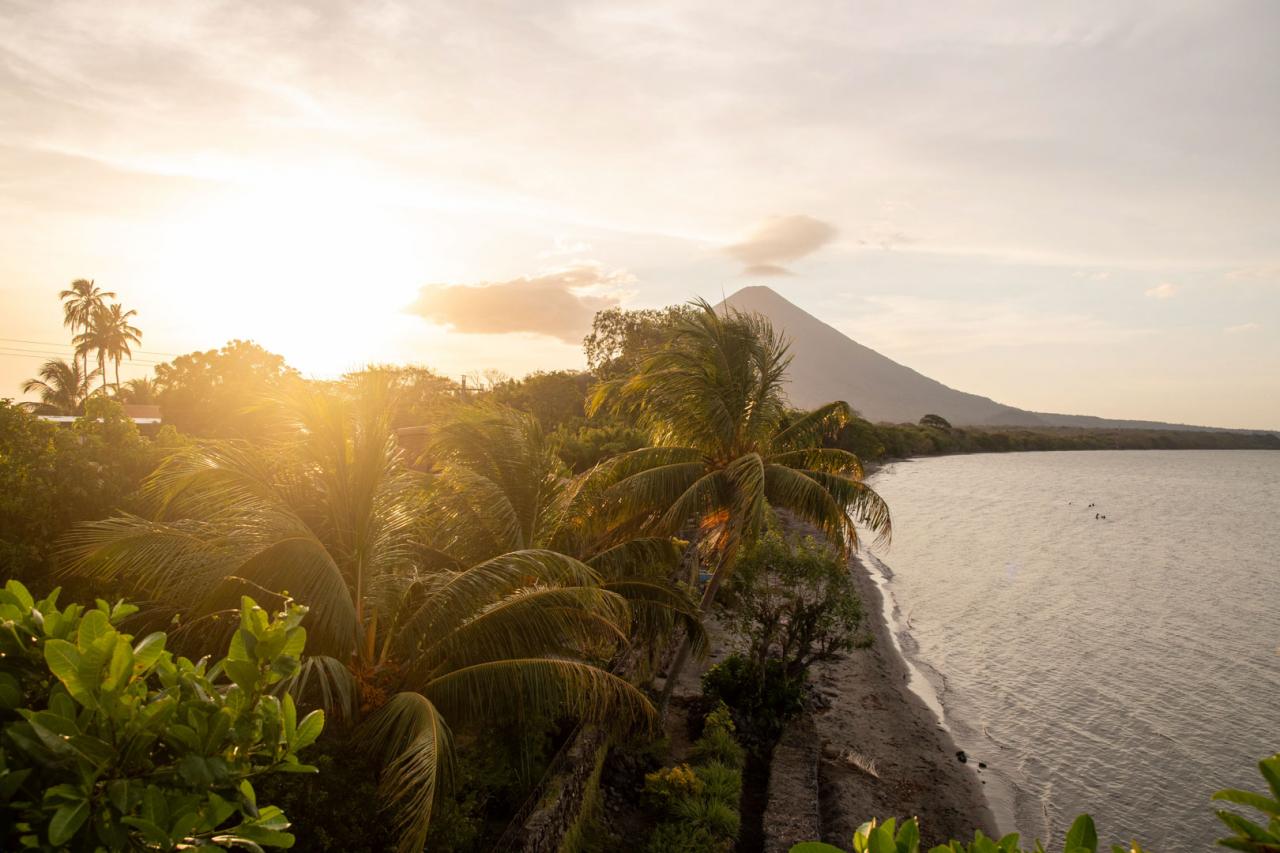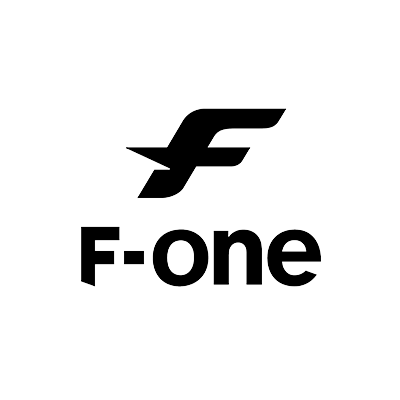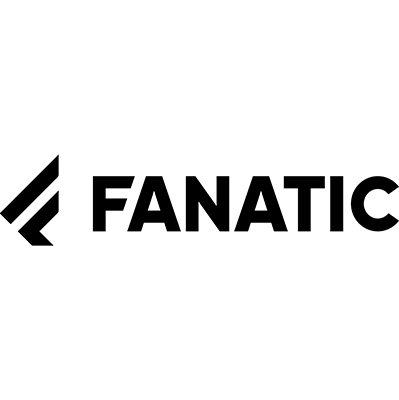We had been glued to our screens for weeks: analyzing charts, poring over weather data, and tossing theories back and forth in late night calls and group chats. Out in the North Pacific, a beast of a storm was brewing, throwing off unreal numbers.
Long-period energy?… Check.
Buoy reports lighting up like Christmas trees?… Double-check.
Every sign pointed to one thing: something extraordinary was headed our way.
Mark Sponsler of stormsurf.com, a master forecaster and big-wave surfer renowned for his precise predictions, confirmed it mid-week. He pointed out a storm generating seas in the 61-foot range, with the monster swell aimed squarely at Northern California. Even the Eddie Aikau Big Wave Invitational in Hawaii, the most prestigious event in surfing, went on green alert, anticipating a piece of that energy hitting Oahu’s North Shore.
Unfortunately, if The Eddie ran on Sunday, it would create a logistical nightmare for the Mavericks' surfers on the invitee list. Surfing heats in Hawaii and then racing back to Half Moon Bay to catch the California swell would require perfect timing. JoJo Roper, a standout at Mavericks, wasn’t taking any chances. He drove up from San Diego, stashed his gear and ski in Half Moon Bay, jetted to Maui to surf Jaws, and competed in The Eddie on Sunday. He booked a red-eye flight back to San Francisco, landing at 5AM, and sped to Mavericks just as the swell began to fill in. Peter Mel, Lucas Chumbo, and Justine Dupont followed suit.
Swell models (just theories until the waves hit), began aligning with satellite and buoy data. By Monday morning, December 23, 2024, the 25-second energy started to fill in. Giant sets rolled through before sunrise, and the NOAA Southeastern Papa Buoy, 600 nautical miles west of Eureka, California, registered readings of nearly 40 feet at 22 seconds. In wave height terms, that’s madness.
“The buoy readings tell you the interval between swells,” Peter Mel told the San Francisco Chronicle after competing in The Eddie (!) the day before. “The longer the period, the more energy pulses into the waves. Anything over 18 seconds is really significant. Yesterday, it got up to 23 seconds, and I heard there were even larger readings at one point. The waves move incredibly fast in those conditions — so fast that I had to gun it on my ski just to stay ahead of the wave. I’m thinking, ‘Wow, this is weird. The first wave I was towed into — that was the fastest I’ve ever gone on a surfboard.”
Mavericks Rescue lead and water safety expert Drake Stanley called it early. “This is the one we’ve been waiting for,” he said as the team prepped their skis, coordinated safety protocols, and scoped out the cliffs for the best vantage points.
Mavericks, however, wasn’t going to make it easy. The storm was unusually warm, and recent rain had shrouded the lineup in dense fog. There was no wind except for that which the waves produced, and from the cliffs, spectators, photographers, and safety crews squinted through pea soup. They were able to hear the skis motor out of the harbor, but were barely able to make out the massive peaks detonating just 600 yards offshore.
We had launched our skis the night before, docking them on Drake’s boat, so all we had to do was gear up and hit the water. Rolling out as a team, we cleared the Harbor opening, and then it hit me. This day was reminiscent of the October 1999 swell — the same swell that Peter Mel caught that was deemed the biggest wave surfed at Mavericks or anywhere. The horizon at Pillar Point that morning looked like something out of a dream (or a nightmare depending on how you viewed it). Towering, mountainous walls of water were stacking up everywhere, rolling in with the power and energy that makes you realize just how insignificant you are on a large, heaving ocean.
In the off season, the team had been lucky enough to train with the Pillar Point Harbor Patrol and the Coast Guard. On this day, we had a legit asset on deck — Thomas Sizer, a Coast Guard Rescue Swimmer and fellow surfer out of Air Station San Francisco had joined the Mavericks Rescue Team.
The Coast Guard wanted a firsthand look at how to back up the local rescue crew when these monster swells hit. And what better proving ground than the biggest Mavericks day on record? The swell was set to peak by midday, and those waves were already some of the biggest we’d seen in years. But with those buoy readings, Mavericks was gearing up to become a full-on freak show — and paddling in wasn’t on the table. Although a few die-hard surfers managed to get out there with help from boats or skis, trying to paddle off the beach and through the forebay? No chance. It was just too gnarly and straight up dangerous.
In a valiant effort, Chase Larue, a big wave surfer and troubadour from Santa Cruz, made his way out to the lineup and sent it early on an inside bomb from the regular paddle take-off spot. He made an insane drop, threading his way to the shoulder as the channel crew lost their minds, hooting and hollering in disbelief. Realizing he had just tickled the dragon and lived to tell the tale, Larue quickly retreated to the channel to stow his gun and watch the rest of the day unfold.
The lineup was stacked with Mavericks regulars and a few traveling pros: JoJo Roper and Ryan Augenstien teamed up with the father/son duo, Pete and John Mel. Lucas “Chumbo” Chianca towed with Will Santana and Justine Dupont. Plus there were a couple of wildcard chargers including the legendary Lucas Fink, charging on a skimboard, and big-wave foiler Matt Etxebarne from the French Basque Country.
Everyone was locking into bombs. They had no choice, every wave was a bomb. But the real standouts? A 23-year-old Santa Cruz construction worker and a Laird Hamilton protégé from Half Moon Bay — they absolutely stole the show. Alo Slebir and Luca Padua, two of the hottest up-and-coming Mavericks chargers, had been honing their tow game for years. These guys didn’t mess around. At first light on every swell, they were out there, snagging as many tow waves as possible before the paddle crew rolled in. Once the shift happened, they’d swap their tow boards for paddle guns and absolutely own the lineup.
On this day, however, all those early mornings and endless tow sessions paid off. Somewhere around 3PM, on what had already been a momentous session, the set of the day rolled in. A monstrous wave loomed on the horizon and, reminiscent of Ken “Skindog” Collins and Peter Mel’s 1999 Monster, Luca whipped Alo into the perfect spot.
Mavericks waves, known for breaking top-to-bottom, often clamp down violently. But this one stood up like a five-story building and stayed wide open. Alo let go of the rope, fading into this historic wave as a mountain of water grew behind him. By the time he hit his bottom turn, the wave was otherworldly, some would say cartoonish.
The speed of the waves all day was off the charts, almost like an open ocean break. If you didn't have the right tow board and driver, you were f--ked. Some were, but not Alo and Luca. Aside from a few hiccups, they hit their marks all day, and their equipment performed flawlessly.
“I felt pretty locked in,” said Alo, who pays the bills by working partly in construction and as a rep for several surf companies. “We were ready. That one felt a bit different because when I bottom-turned, it felt like I was going backward. It felt like the wave was sucking me back up the face. Obviously you know by the speed that it’s a big wave, but we were going so fast on every wave, it was hard to gauge how big they really were. And that one had a different draw to it. When I got to the channel and everyone was screaming, I thought it must have been a big one.”
As Alo surfed through to the second reef, the wave grew bigger, pulling him deeper up the face. Those who witnessed it from the water were in rapt astonishment. Curt Myers of Powerlines Productions and a couple of others captured the entire wave on video, while others onshore could only imagine its scale through the fog.
After reviewing the stills and video footage, speculation began: Was this wave bigger than Sebastian Steudtner’s record-breaking 86-foot ride at Nazaré? Mavericks waves act differently than Nazaré's, breaking top-to-bottom rather than rolling through like Nazaré’s. Some would say Mavericks waves are way more challenging. That's why it’s so critical that you should be able to paddle into big Mavericks swells and survive before you tow. There might have been no debate if clear footage had been captured from the cliffs.
“Alo’s wave is remarkable. It’s one of the biggest waves that’s ever been seen or captured in photos or on videos and they kind of speak for themselves,” Bill Sharp, who runs the Big Wave Challenge told SFGATE. “It’s going to require more analysis, but I think 100% it is in the discussion for the biggest wave ever ridden.”
“Regardless of the number, it really doesn’t matter to me how big the wave was,” Slebir said in a SFGate interview. “It was really the biggest wave of my life, and that’s all I really care about at the moment.”
As daylight faded, Alo and Luca kept towing into waves like surfers possessed. By 5:30PM, most of the crew had bailed, and the few of us remaining were toast. It was getting dark and cold, but these two still looked fresh, closing the session with final rides that cemented their dominance. They finally pulled the plug, and the remaining skis came back in together to ensure everybody made it safely to the harbor.
As for Alo Slebir, the 23-year-old construction worker from Santa Cruz, his name will now stand alongside big-wave legends like Jeff Clark, Peter Mel, Shawn Dollar, and Darryl "Flea" Virostko.
On December 23, 2024, exactly 30 years after Mark Foo's tragic death at Mavericks which brought the wave into the mainstream spotlight, the North Pacific unleashed its fury once again. Alo Slebir seized the moment by demonstrating what it means to rise above and push the limits, thus carving his place in big wave history.



